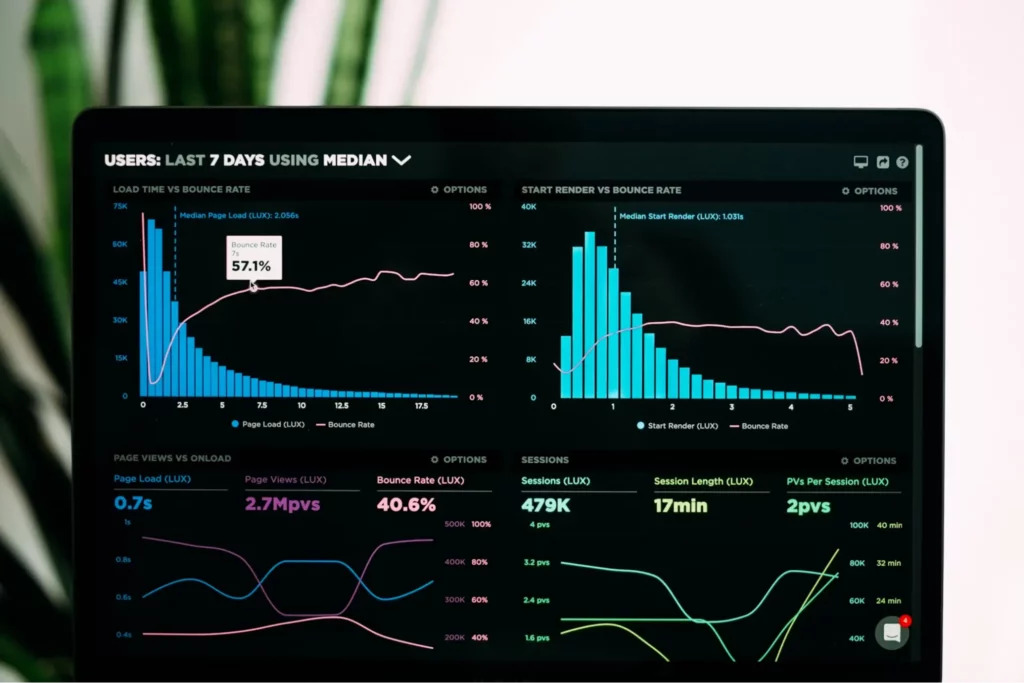What is Accounts Receivable Automation? How it works?
Table of Content
What is Accounts Receivable Automation?
Accounts Receivable automation, commonly known as AR automation, is a technology-driven strategy that streamlines the process of collecting money owed by clients to businesses. At its core, AR automation does exactly what it sounds like it automates time-consuming, repetitive tasks to assist in collecting money that clients owe the business. By implementing Accounts Receivable automation, companies can replace laborious manual activities involved in the accounts receivable process, optimizing financial interactions with clients and accelerating the credit-to-cash cycle.

Benefits of AR Automation
The benefits of AR automation are substantial and wide-ranging. Who wouldn’t want to simplify their work in some way? AR automation drastically reduces time-consuming manual activities, making work easier for AR teams. Specifically, companies benefit from AR automation in the following ways:
Simplifying the process
AR automation allows your AR staff to focus on more strategic work to support the business’s success and improve productivity by reducing the time spent processing paperwork and payments.

Cutting expenses
Accounts Receivable automation, through e-invoicing, increases office storage capacity, reduces paper and ink usage, and significantly lowers postage and delivery costs. Businesses typically save money through AR automation in other ways as well, such as reduced labor expenses and fewer write-offs for unpaid invoices.
Streamlining cash flow
By reducing the time spent on the workflow, AR automation results in faster invoicing, which should accelerate payments and improve cash flow. Additionally, it may help lower a business’s days sales outstanding (DSO). A 2021 study found that after implementing AR automation, 62% of the organizations surveyed reported improvements in DSO.
Enhancing reporting
Automated AR dashboards help track AR aging—the process of classifying delinquent customer receivables according to how long they are past due—and offer real-time reporting on the progress of customer payments. By using AR automation to precisely monitor the state of outstanding debts, business managers can act promptly to increase the likelihood of payment.

Improved Accuracy
AR automation enhances data consistency by significantly reducing human error. This often results in fewer duplicate invoices, fewer billing conflicts, and more satisfied clients.
Simplifying compliance
The more markets a company operates in, the more geographically specific requirements it has to manage. Rules and regulations from one state or country may not apply elsewhere. AR automation programs can monitor these intricacies.
Enhancing customer interactions
As AR automation increases accuracy, businesses should experience fewer issues with client billing and payment reconciliation. This leads to happier customers and increased trust in your business. It also reduces the amount of time you would need to spend on client complaints.
Top Components of AR Automation Software
Business management requires accounts receivable to be precise and effective, but it should also be transparent and facilitate customer payments. Several essential elements of AR automation software enable firms to achieve these objectives.
Transaction matching
When funds arrive, they must be credited to the appropriate account. Accounts Receivable automation solutions can minimize the manual labor involved in cash application and reduce DSO by matching a client payment to an open invoice.

Automated email
With this “set it and forget it” function, you can program specific triggers to send emails to clients informing them, for instance, of an upcoming payment deadline or, if necessary, following up with them if their payment is delayed.
Credit and risk management
When a firm offers goods and services and bills a client on credit, it assumes a certain level of risk. By using AR automation, businesses can monitor patterns in customer behavior on both an individual and collective level to identify customers who are most likely to miss payments or default on them.

Data reporting
AR automation enables real-time intelligence and data analysis for payment trends, risk management, and DSO tracking. Companies can also measure department productivity by looking at the number of invoices created or collection calls handled by specific staff members. They can even filter customer data based on a specific segment or category.
Multiple payment options
AR automation software should provide customers with access to as many payment options as possible, including wire transfers, credit cards, ACH, checks, and peer-to-peer sharing networks.

Invoice generation and distribution
The foundation of AR is creating and distributing bills, and AR automation software can handle all of that labor. Sending out invoices on time can hasten payments and enhance cash flow for the business.
Disputes and deductions
At some point, a customer may contest a charge on an invoice. AR automation makes it easier to deduct the disputed amount and re-invoice the customer, leading to faster dispute resolution and reduced wait times for correct payment.
Summary
Many current AR automation tools, while beneficial, face challenges in providing truly customizable solutions. These tools often come with predefined templates and workflows that may not fully align with the unique processes of every business. This lack of flexibility can lead to inefficiencies, as companies are forced to adapt their operations to fit the software rather than the other way around. As businesses seek more tailored and adaptable solutions, there’s a growing need for AI-powered tools that can learn and evolve with specific company needs. This is where Robylon AI enters the picture, offering a revolutionary approach to AR automation.
Robylon AI addresses these challenges by empowering users to build AI assistants that deeply understand their specific AR needs. With features like Actions & Workflows, Usage Analytics, Triggers & Schedulers, and an Integration Ecosystem, Robylon AI takes AR automation to the next level. It allows businesses to create customized workflows that align perfectly with their unique processes, eliminating the constraints of predefined templates. The platform’s AI-driven approach enables it to learn from each interaction, continuously improving its performance and adapting to changing business requirements
Sounds Interesting? Book a demo now!
FAQs
What is AR automation and how does it benefit businesses?
AR automation is a technology-driven strategy that streamlines the process of collecting money owed by clients. It benefits businesses by saving time and money, reducing manual labor, improving cash flow, enhancing accuracy, and allowing staff to focus on higher-value work.
How does AR automation streamline the invoicing process?
AR automation simplifies invoice generation by automatically creating and sending timely invoices based on predefined schedules or triggers. It reduces manual data entry, ensures consistency, and can match sales orders with invoices, speeding up the entire process.
Can AR automation help reduce Days Sales Outstanding (DSO)?
Yes, AR automation can help reduce DSO. By accelerating invoicing, sending automated reminders, and facilitating faster payments, businesses can collect payments more quickly. A 2021 study found that 62% of organizations reported improvements in DSO after implementing AR automation.
What are the key components of AR automation software?
Key components include invoice generation and distribution, automated email reminders, transaction matching, multiple payment options, credit and risk management, dispute handling, and data reporting capabilities.
How does AR automation improve accuracy in accounts receivable processes?
AR automation enhances data consistency by significantly reducing human error. This results in fewer duplicate invoices, fewer billing conflicts, and more accurate financial data overall, leading to improved customer satisfaction.
Can AR automation handle multiple payment options?
Yes, AR automation software typically provides access to various payment options, including wire transfers, credit cards, ACH, checks, and peer-to-peer sharing networks. Thus, making it easier for customers to pay and for businesses to receive funds.
How does AR automation enhance customer interactions and satisfaction?
AR automation improves customer interactions by reducing billing errors, providing clear and timely invoices, offering flexible payment options, and enabling self-service portals. This leads to fewer disputes, faster resolutions when issues arise, and improved customer satisfaction and trust in the business.







